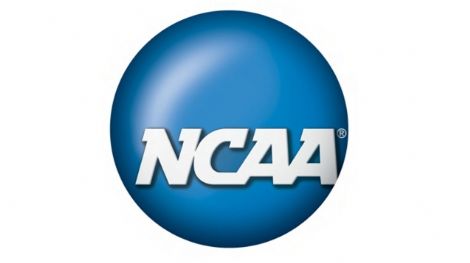In a development that does not rate as a surprise, the NCAA Division I Board of Directors voted on Thursday to grant autonomy to the “power 5” conferences.
The 16-2 vote, while undeniably a seminal moment in the history of intercollegiate athletics, is just the start of a long process that will continue to reshape the scholastic version of “the games people play.” There’s a bit of a double-meaning in that last statement, too, because “the games people play” is just as much a reference to backroom scheming and maneuvering as it is a reference to the action between the painted lines on Saturday afternoons or on basketball courts in March.
On a certain level, this story should be seen as progress. You’re likely to see scholarships get extended to four years, for one thing. In terms of on-field competition, you’re likely to see more games among the power conferences and fewer cupcakes, although Alabama-Kansas games aren’t exactly going to be a blessing.
What’s probably the most welcome dimension of this development is that the move to autonomy — assuming that it runs its course — represents a public admission that there is (and has long been) a tiered quality to college sports. Ohio State, Alabama, Texas, and other schools have existed on a different plane when compared to Louisiana-Monroe, New Mexico State, UTEP, and like institutions. There is at least some honesty and clarity to be found in the movement to a “fourth division” in college sports.
This separation of groups acknowledges, at least to a point, that the big-name conferences — and many of the schools within them — are providing a highly glamorized entertainment product. From this reality — whether or not the Mark Emmerts, the Bob Bowlsbys, and the Steve Pattersons of the college sports world want to admit it — comes the ever more present need to give power-conference athletes suitable protections and forms of compensation for the entertainment they provide. If adults take over the conversation in the months and years to come, a saner college sports landscape will evolve.
That’s where the positive dimensions to this story either end or, at the very least, need to be viewed with a healthy dose of skepticism.
Since when do the power brokers in college sports carry various debates and deep-running tensions to natural, logical conclusions? Moreover, since when do educational leaders act with something other than money as their primary interest? In a closely-related vein of thought, just how many educational leaders (school presidents in particular) want to fundamentally change the way secondary education is organized in relationship to the basic rhythms and processes of big-time collegiate athletics?
There is so much more that needs to be reformed (a different discussion for another day), and there’s a very real chance that this move to autonomy will merely give a lot of powerful people — and the power conferences themselves — reason to rest on their laurels after taking care of scholarships and a few other items that will still preserve the larger edifice of college sports. “Autonomy,” for all the benefits it will probably bring to athletes in the short run, could easily become an impediment to more profound forms of progress over the long haul.
This story is only a beginning. It’s not an end in a larger and more substantial sense. Vigilance cannot be reduced today; that most important quality will need to be sharpened more than ever.

